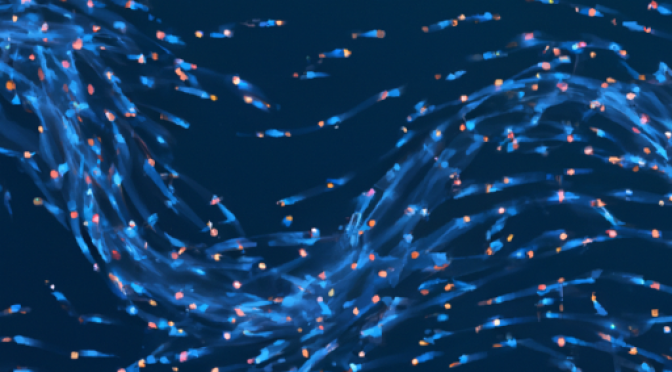Introduction
Machine learning, a subset of artificial intelligence, has emerged as a powerful tool in various fields. One area where it has shown great potential is in predicting fish migration patterns. By leveraging advanced algorithms and data analysis techniques, machine learning can provide valuable insights into the movement of fish populations. This article explores how machine learning is being used to aid sustainable fishing practices by predicting fish migration patterns.
Understanding Fish Migration
Fish migration refers to the regular movement of fish from one location to another. It is an essential behavior that allows fish to find suitable breeding grounds, access food sources, and respond to environmental changes. understanding-the-socio-economic-benefits-of-transitioning-to-organic-farming/" target="_blank">Understanding fish migration patterns is crucial for effective fisheries management and conservation efforts.
The Role of Machine Learning
Machine learning algorithms can analyze large datasets and identify patterns that may not be apparent to human observers. By training these algorithms on historical fish migration data, researchers can develop models that can predict future migration patterns with a high degree of accuracy.
Data Collection and Processing
The first step in using machine learning for predicting fish migration patterns is collecting and processing relevant data. This includes information such as water temperature, salinity, ocean currents, and other environmental factors that influence fish behavior. Additionally, data on fish species, their life stages, and tagging information are also collected.
Feature Extraction and Selection
Once the data is collected, machine learning algorithms extract relevant features from the dataset. These features can include variables such as water temperature gradients, chlorophyll levels, and distance to coastline. Feature selection techniques are then applied to identify the most significant variables that contribute to fish migration patterns.
Model Training and Validation
After feature extraction and selection, the machine learning model is trained using historical data. The model learns the relationships between the selected features and fish migration patterns. To ensure the model’s accuracy, it is validated using independent datasets. This validation process helps identify any potential biases or errors in the model.
Prediction and Application
Once the model is trained and validated, it can be used to predict future fish migration patterns. By inputting real-time environmental data into the model, researchers can obtain predictions on fish movement. These predictions can then be used to inform sustainable fishing practices, such as determining fishing quotas, establishing protected areas, and implementing seasonal fishing restrictions.
Benefits of Machine Learning in Sustainable Fishing
The application of machine learning in predicting fish migration patterns offers several benefits for sustainable fishing practices:
- Improved Resource Management: Accurate predictions enable fisheries managers to make informed decisions about resource allocation and conservation efforts.
- Reduced Bycatch: By understanding fish migration patterns, fishing activities can be adjusted to minimize unintentional catch of non-target species.
- Enhanced Ecosystem Protection: Predicting fish migration patterns helps identify critical habitats and areas that require protection, contributing to the overall health of marine ecosystems.
Conclusion
Machine learning is revolutionizing the field of fisheries science by providing valuable insights into fish migration patterns. By accurately predicting these patterns, sustainable fishing practices can be implemented, ensuring the long-term viability of fish populations and the preservation of marine ecosystems. The application of machine learning in this context represents a significant step towards achieving a more sustainable and responsible approach to fishing.

